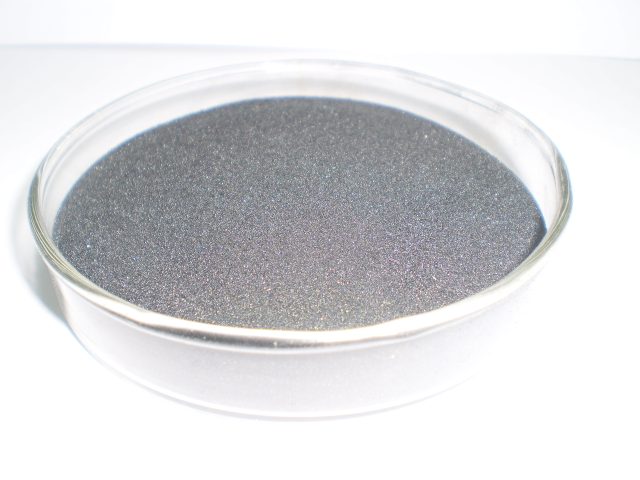Humic acid (HA) is a kind of organic matter formed and accumulated by a series of processes such as decomposition and transformation of plant remains and microbial reaction, including fulvic acid (FA). ) and Humin (HM). Composition: mainly composed of C, H, O, N, S and other elements. Composition: It contains various functional groups such as a carboxyl group, a hydroxyl group, a phenolic hydroxyl group, an alcoholic hydroxyl group, and a mercapto group.
Characteristics of humic acid
1. It is a macromolecular organic mixture, which is naturally weakly acidic. There are three components: fulvic acid, black humic acid and brown humic acid. It is usually in a black or brown colloidal state, and its color and specific gravity increase as the degree of coalification increases.
2, molecular weight from tens of thousands to millions, with a loose “sponge-like” structure, specific surface area of 330 ~ 340 m2 / g, with a strong adsorption capacity.
3. It is a hydrophilic reversible colloid with a specific gravity between 1.330 and 1.448.
4, carboxyl, hydroxyl, phenolic hydroxyl, alcoholic hydroxyl, sulfonic acid groups and other active groups, easy to form complexation and chelation reaction with metal ions.
The fulvic acid
fulvic acid is extracted from natural humus and is a group of substances with a small molecular weight and a yellow or brownish yellow color which is soluble in alkali, acid and water.
It is a plant growth regulator that promotes plant growth and enhances plant resistance, yield and quality.
Fulvic acid is the best core component of soil humus. It is a small molecular weight, fully water-soluble organic aromatic substance which is decomposed and decomposed by organic matter.
It is the best humic acid component in soil and the core material for the formation of soil aggregate structure.

